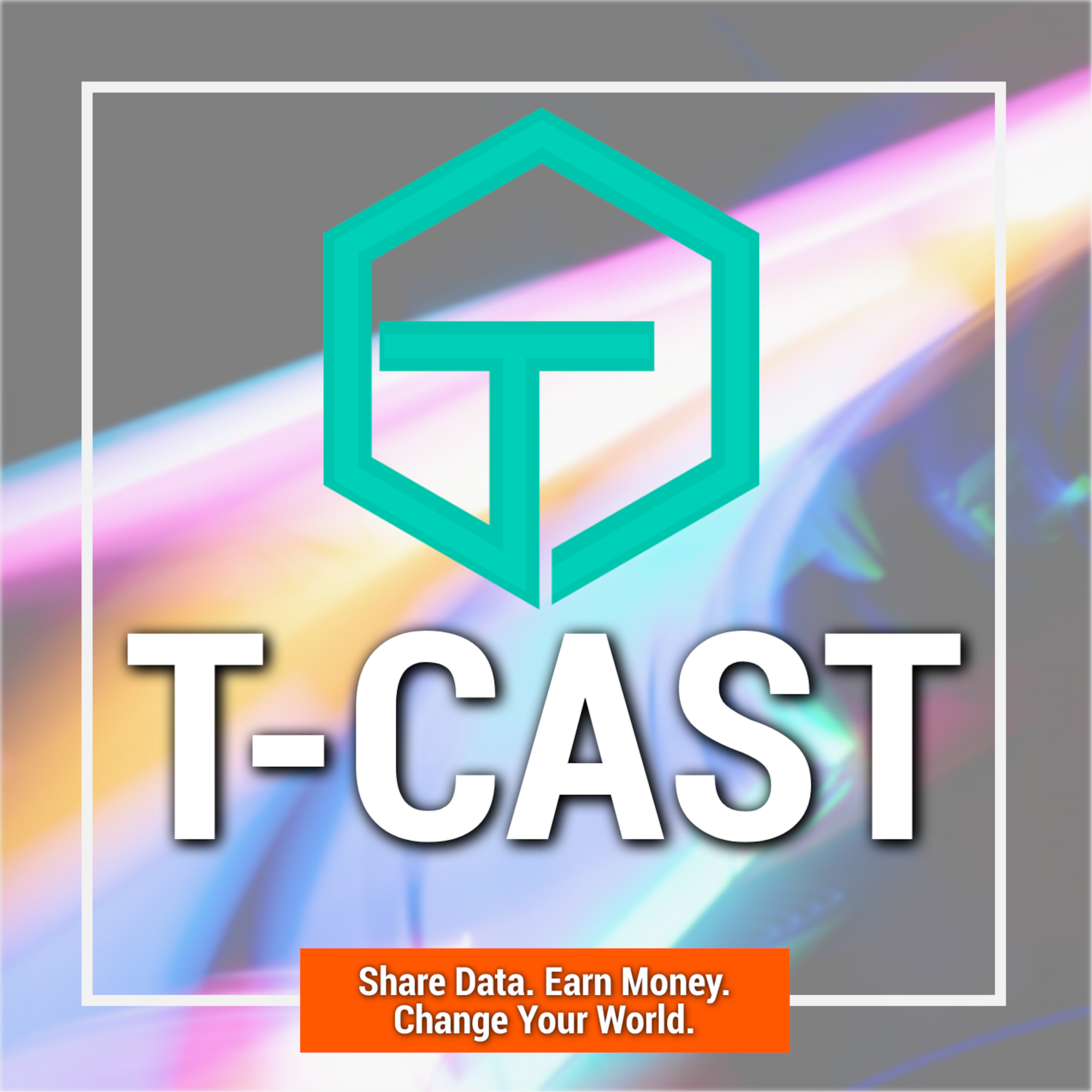- Technology
- SEE MORE
- classical
- general
- talk
- News
- Family
- Bürgerfunk
- pop
- Islam
- soul
- jazz
- Comedy
- humor
- wissenschaft
- opera
- baroque
- gesellschaft
- theater
- Local
- alternative
- electro
- rock
- rap
- lifestyle
- Music
- como
- RNE
- ballads
- greek
- Buddhism
- deportes
- christian
- piano
- djs
- Dance
- dutch
- flamenco
- social
- hope
- christian rock
- academia
- afrique
- Business
- musique
- ελληνική-μουσική
- religion
- World radio
- Zarzuela
- travel
- World
- NFL
- media
- Art
- public
- Sports
- Gospel
- st.
- baptist
- Leisure
- Kids & Family
- musical
- club
- Culture
- Health & Fitness
- True Crime
- Fiction
- children
- Society & Culture
- TV & Film
- gold
- kunst
- música
- gay
- Natural
- a
- francais
- bach
- economics
- kultur
- evangelical
- tech
- Opinion
- Government
- gaming
- College
- technik
- History
- Jesus
- Health
- movies
- radio
- services
- Church
- podcast
- Education
- international
- Transportation
- Other
- kids
- podcasts
- philadelphia
- Noticias
- love
- sport
- Salud
- film
- and
- 4chan
- Disco
- Stories
- fashion
- Arts
- interviews
- hardstyle
- entertainment
- humour
- medieval
- literature
- alma
- Cultura
- video
- TV
- Science
- en
TARTLE Buyers of Data FAQ 3

b'
Even if you have never seen the movie Jerry Maguire, you\\u2019ve heard the phrase, \\u201cShow me the money!\\u201d. Naturally, everyone is worried about being able to make money. So it makes sense that many of our most commonly asked questions are centered around it \\u2013 How does TARTLE actually make money? How much does a buyer need to spend to get the data he is looking for, and how on earth does that lead to money for the buyer?\\xa0
Let\\u2019s tackle these in order. First, TARTLE does make money off every purchase of data. The way we do that is we get paid a certain percentage of the bid price, but added after the bid. So if a seller sees a bid for his data at $10, the seller actually gets $10. He gets every penny he thinks he\\u2019s going to get. The buyer then pays TARTLE an additional 5% of the purchase price. So in this case, the buyer spends $10.50. $10 goes to the seller and fifty cents goes to us.\\xa0
So, how much do you as a buyer actually pay per unit of data? Well, that\\u2019s going to vary a lot depending on the kind of data being purchased. A medical record complete with identifiers, DNA, and personal habits might go for a $1000 per record. A Facebook profile that is largely public will go for something a lot closer to a dollar. It all depends. In general, prices will follow the going market value of given units of data.\\xa0
What about something long term? Rather than a one-time purchase of data you are looking to do a more long-term study, tracking the information of several people over a period of weeks or months? There are some serious advantages to getting data in this way. Perhaps the biggest is that you can actually get to know the people behind the data a bit. You can really learn not just the choices people make but how those choices might change over time and why they might change.\\xa0
As an example, say a regional orchestra runs a subscription service. People pay a certain amount of money to get access to concerts at a discounted rate. The orchestra would be interested in tracking how many people actually go to their shows, how many they go to, and even more important, they can learn what it was about those particular shows that drew people to them. That kind of in-depth study can help guide the orchestra\\u2019s show choices for the next season.\\xa0
Okay, but how does that kind of study work from a pricing standpoint? Easy, just tell us how long you want to collect data for, at what frequency and from how many people and we\\u2019ll get it set up. It\\u2019s as easy as that. No, this isn\\u2019t a subscription model service. If all you want is a month, just pay for the month. If you want 19 months, you can do that too. Whatever it is that you need.\\xa0
How do you the buyer make money from the data you buy with TARTLE? Well, that one is on you. If you are already making money with data now, TARTLE can help you make more by supplying you with higher quality, more personal source data. If, on the other hand, you just have servers full of data laying around that probably aren\'t helping to make your organization any money, we can definitely help. Chances are that you have just a bunch of meaningless data that was skimmed from various interactions online. The problem with those is that they lack context. If there is one thing we are good at here, it is data with context.\\xa0
If you are a buyer looking to get access to higher quality data that can actually help you get some of the answers and direction you are looking for, sign up at tartle.co. It\\u2019s free to sign up and we\\u2019ll work with you to help you understand our system so you can get the most bang for your buck and start actually putting data to work to build your organization.
What\\u2019s your data worth? www.tartle.co
'